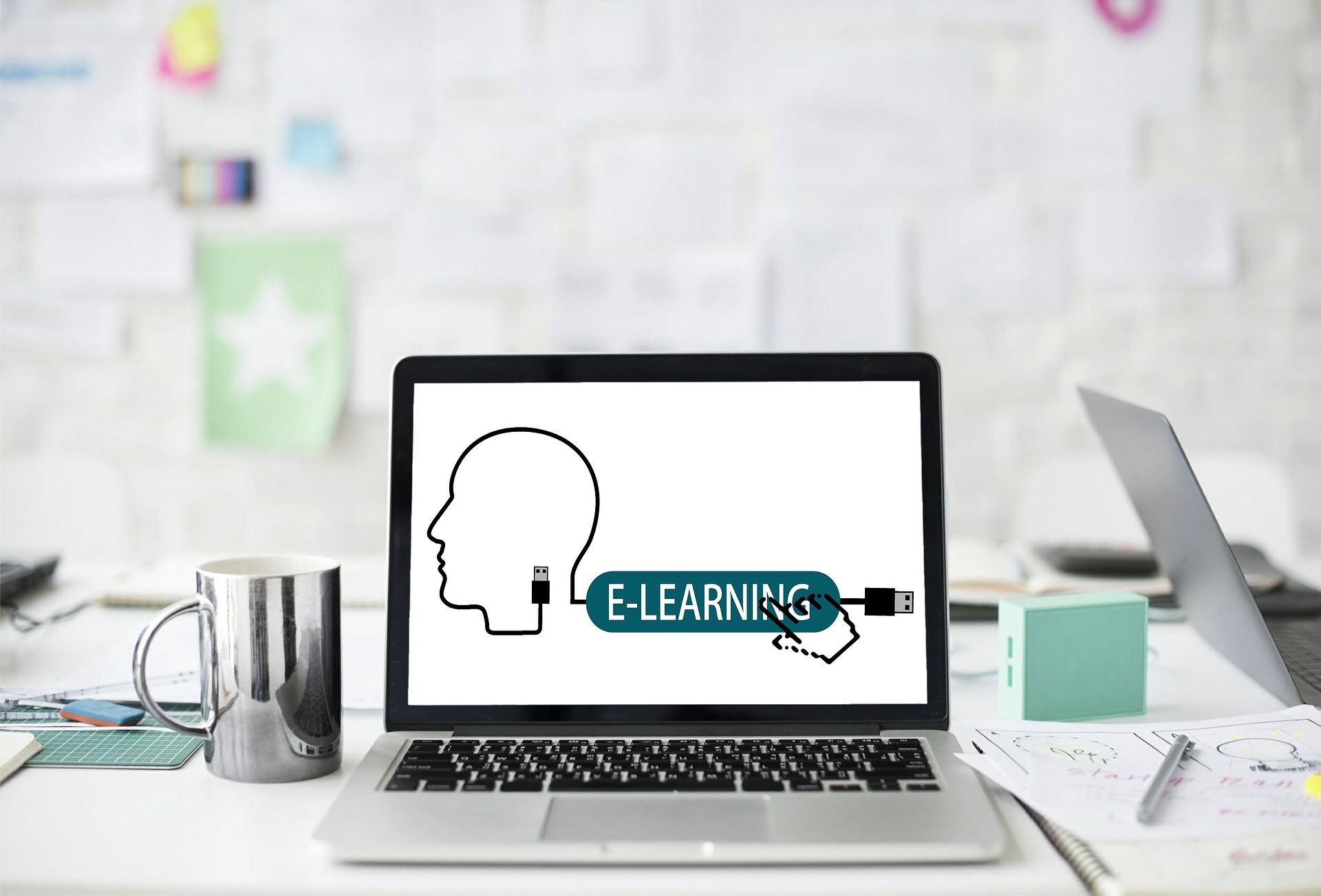Workplace learning refers to the ongoing process of acquiring, updating, and applying knowledge, skills, and competencies within a professional environment. It involves formal and informal learning activities that contribute to individual and organisational development, fostering continuous improvement and adaptability in the workplace.
Over the recent years, workplace learning has significantly evolved, improving how employees enhance their skills, adapt to industry changes, and improve performance.
Here’s how workplace learning is evolving.
- Increased Training
More and more companies are recognising the importance of training in the workplace. It’s the best way to equip employees with the necessary skills and knowledge to perform their roles effectively, improving overall productivity and efficiency. Well-trained employees are more likely to adapt to changing technologies and industry trends, fostering innovation and competitiveness.
Training also contributes to employee satisfaction and retention, demonstrating a commitment to professional development and leading to a more skilled and engaged workforce. In today’s rapidly evolving business landscape, continuous learning is crucial for employees to stay updated on best practices and maintain a competitive edge. Investing in workplace learning also aligns with strategic business goals, as skilled employees can contribute to the company’s growth and success.
Overall, recognising the importance of training reflects a commitment to employee development, improved performance, and the organisation’s long-term success.
- Encouraged Personal Development from Managers
Managers are now actively encouraging personal development among their team members. Personal development can enhance employee knowledge and skills while aligning individual capabilities with organisational goals. This results in a more capable and versatile workforce, better equipped to face evolving challenges and contribute to the company’s success.
Encouraging personal development also boosts employee morale and motivation. When employees see that their growth is valued, they feel a sense of purpose and satisfaction in their positions, leading to increased job satisfaction and retention. In addition, personal development initiatives contribute to a positive workplace culture, promoting a learning environment where employees feel supported in their career journeys.
Investing in personal development aligns with the company’s long-term success. As employees acquire new skills and perspectives, they bring innovative ideas and solutions to the table, fostering creativity and adaptability. It enhances the organisation’s ability to navigate change and remain competitive in dynamic industries.
Overall, encouraging personal development is not just beneficial for individuals – it is a strategic move that results in a more skilled, engaged, and adaptable workforce, ultimately contributing to the overall success and resilience of the team.
- Remote Online Learning
In this rapidly evolving digital era, many companies are turning to remote online learning to train employees, equipping them with the knowledge and skills to perform their roles. Remote training offers flexibility, allowing employees to access training and development opportunities from anywhere, fostering a culture of continuous learning without geographical constraints.
In addition, Remote online learning is cost-effective, eliminating the need for travel expenses and physical training materials. As a result, workplace learning will be more scalable and accessible, particularly for globally dispersed organisations. Moreover, companies can offer diverse courses and resources tailored to individual needs, promoting personalised learning experiences.
Staying current with industry trends is essential in today’s fast-paced world. Remote online learning facilitates up-to-date training on the latest technologies and best practices, ensuring employees remain relevant and skilled in their roles.
Additionally, investing in employees’ development demonstrates a commitment to their growth and well-being, increasing job satisfaction and loyalty. When companies upskill employees through online learning, they contribute to the overall agility and innovation, positively impacting productivity and competitiveness.
In summary, remote online learning is a strategic investment for workplace learning as it enhances flexibility, cost-effectiveness, and employee satisfaction while ensuring a skilled and adaptable workforce that can navigate the challenges of the modern business environment.
- Learning Face-to-Face Communication
Now that the pandemic is over, many companies have reverted to face-to-face communication since it’s invaluable for several reasons. Firstly, it fosters stronger connections and builds trust among team members, as non-verbal cues like body language and facial expressions contribute to better understanding and empathy. Immediate feedback is another advantage, allowing for quick clarification and resolution of issues and reducing the chances of conflicts and miscommunication.
Face-to-face interactions promote a more engaging and collaborative team, facilitating spontaneous discussions and brainstorming sessions that may be challenging to replicate in remote settings. Furthermore, interpersonal relationships are nurtured through face-to-face communication, enhancing teamwork and a sense of camaraderie.
It’s also worth noting that complex and sensitive matters are often better addressed in person, ensuring nuanced discussions and maintaining confidentiality.
- Emerging Technologies
There are various developing trends in learning and development technologies today, reflecting a dynamic landscape molded by advances in artificial intelligence, augmented reality, and personalised learning experiences.
One notable trend in workplace learning is the integration of AI-driven technologies to enhance learning content and delivery. AI algorithms analyse individual learning patterns, providing personalised recommendations, adaptive assessments, and customised content, thereby tailoring learning experiences to the unique needs of each learner.
Augmented reality (AR) and virtual reality (VR) have emerged as transformative tools in learning and development. AR overlays digital information onto the real world, offering immersive and interactive experiences, while VR creates simulated environments for realistic training scenarios. These technologies facilitate hands-on learning, particularly in healthcare, manufacturing, and engineering, allowing learners to practice skills in a risk-free virtual environment.
Microlearning, characterised by short, focused content delivered in bite-sized modules, continues to gain traction. This approach aligns with the modern learner’s preference for quick, accessible information and enables organisations to deliver targeted, just-in-time training.
Integration of gamification elements are helping to enhance employee engagement and motivation. It incorporates game-like features such as badges, points, and leaderboards, allowing organisations to create a more interactive and enjoyable learning environment.
Overall, the latest trends in workplace learning are geared towards personalised, immersive, and tech-enabled approaches, aiming to meet the evolving needs of learners in a rapidly changing digital landscape.







